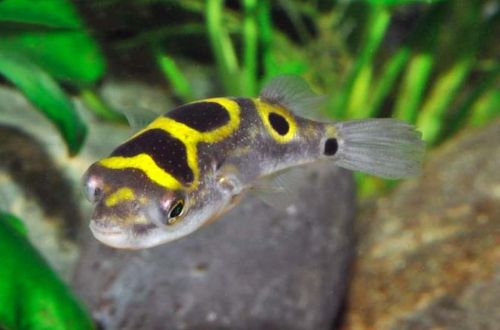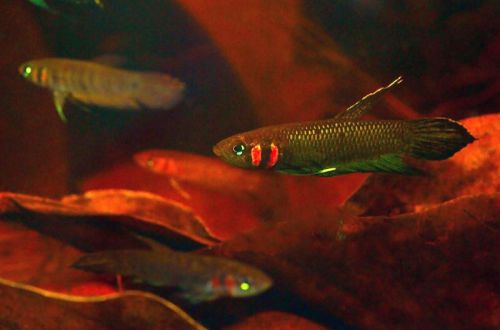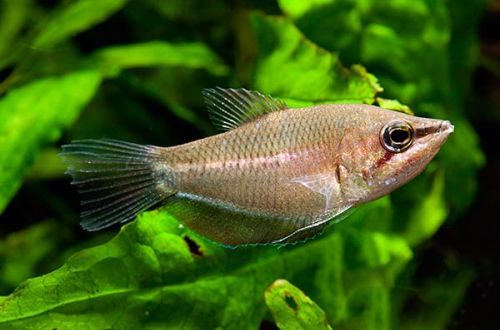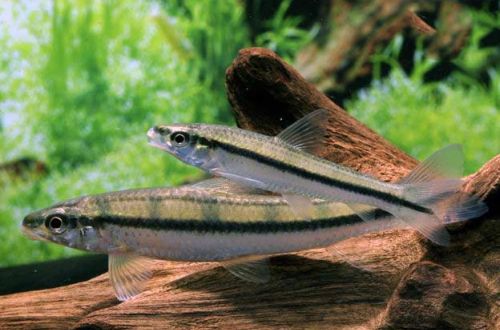
Tetradon figure eight
The figure eight tetradon, scientific name Dichotomyctere ocellatus, belongs to the Tetraodontidae family. These fish are firmly entrenched in the epithet “cute” for their large eyes and friendly disposition. For experienced aquarists, they are easy to keep, but are not recommended for beginners due to their diet and the need to maintain a brackish habitat.

Contents
Habitat
The fish is native to Southeast Asia. In the wild, it is found in the lower reaches of the Mekong River (Cambodia), in the river systems of Peninsular Malaysia, the island of Kalimantan, as well as in brackish coastal waters. Prefers areas with plenty of cover, such as mangroves.
Brief information:
- The volume of the aquarium is from 50–60 liters.
- Temperature – 24-28°C
- Value pH — 7.0–8.3
- Water hardness – medium hardness (10-15 dGH)
- Substrate type – any
- Lighting – any
- Brackish water – yes, at a concentration of 5-8 grams of salt per liter of water
- Water movement is weak
- The size of the fish is about 8 cm.
- Food – live or frozen food in the form of molluscs and crustaceans
- Temperament – peaceful
- Content alone or in a group
Description
A characteristic feature of this group of fish is the ability to swell in case of danger, turning into a ball covered with many needles. In its normal state, the fish has a pear-shaped body with short fins. The body pattern consists of a combination of white, brown and yellow. The latter form a pattern on the back, reminiscent of the number eight, which is reflected in the name.
Food
In nature, it feeds mainly on benthic organisms, such as mussels, snails, oysters, small crabs, shrimps and other crustaceans. To cope with such prey, Tetradons have a kind of beak that can crush a hard shell. The beak grows throughout life, which compensates for its grinding.
Thus, when kept in a home aquarium, it is necessary to supply appropriate food. The best choice would be fresh or frozen shrimp, various types of snails.
Maintenance and care, arrangement of the aquarium
It should be noted right away that this is not a freshwater species of fish. Although it can adapt to such an environment, brackish water with a salt concentration of about 5–8 grams per liter should be prepared for long-term maintenance.
Aquarium sizes for one Tetradon G50 start from 60-XNUMX liters. In the design, it is necessary to provide places for shelters, for example, in the form of snags or caves, moles formed by heaps of stones, rocks.
Sensitive to the content of nitrites and nitrates (products of the nitrogen cycle), which are most dangerous in brackish environments. The smooth operation of the filtration system and regular maintenance of the aquarium is of key importance.
Maintenance procedures must be carried out carefully so as not to scare the fish. If she gets scared and turns into a “ball”, then there is a high probability that neighboring fish may accidentally suffer.
Behavior and Compatibility
Peaceful and friendly appearance. Compatible with many other fish of comparable size that can live in brackish conditions. For example, these include many viviparous (Pecilia, Mollies, etc.) Overly active and even more aggressive / territorial neighbors in the aquarium should be avoided.





